Do Solar Lights Work in Winter? Tips to Keep Them Glowing
Winter’s short days and icy nights can make you wonder if solar lights are just summer toys. I’ve stood in my dark backyard in January, eyeing those little solar stakes, half-expecting them to flicker out. Truth is, solar lights can still shine in winter, but they’re not invincible. Cold temps and weak sunlight take a toll, no doubt. With the right setup and a solid choice—like a Bitpott model built to last—they’ll keep your paths lit and your porch glowing. Let’s break down what winter does to solar lights, how to make them work, and why they’re still worth it when the frost hits.
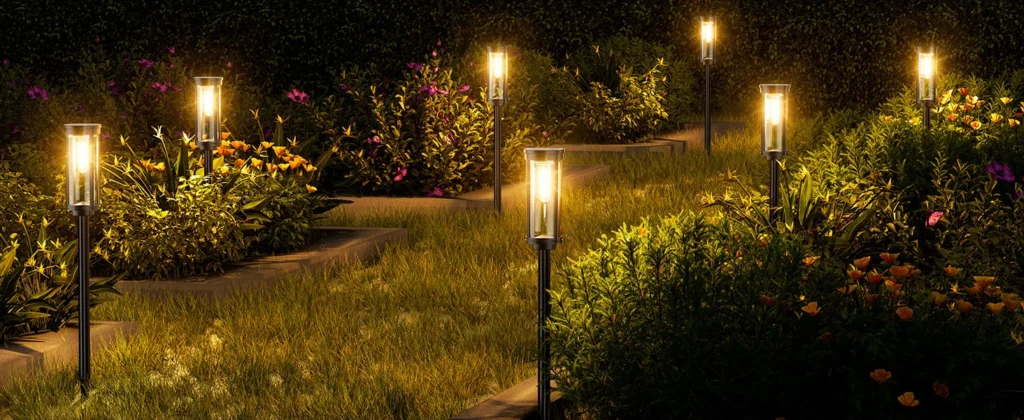
Short Days, Weak Rays: The Sunlight Struggle
Winter’s skimpy sunlight is the biggest challenge. Solar panels need a good dose of rays to charge their batteries, but when you’re stuck with six-hour days or endless clouds, it’s like filling a gas tank with a teaspoon. Good solar lights use efficient panels that grab up to a quarter of the light they catch, but in winter, that’s still not much. My own garden lights, which glow for 12 hours in July, barely hit 5 hours by December. Shorter days, cloudy skies, and the sun’s low angle all gang up to cut charging power by 30-50% in northern spots.
Here’s the deal:
- Less Light, Less Charge: Shorter days mean panels get less time to soak up rays.
- Cloudy Culprit: Overcast skies scatter sunlight, starving panels of direct hits.
- Low Sun Angles: The sun’s winter slant means panels need a better tilt to catch what’s there.
It’s not a lost cause, though. Smarter designs and a few tweaks can keep your solar lights going strong.
Cold’s Bite: How Freezing Temps Hit Batteries
Cold weather is another kick in the shins for solar lights. The lithium-ion batteries in decent models don’t love freezing temps—below 32°F, they can lose 20% or more of their capacity. That means less power to light up your nights. I learned this during a Minnesota cold snap when my old, cheap lights conked out by midnight. Batteries get sluggish in the cold, like trying to start a car in a deep freeze. A light that runs 10 hours in summer might only manage 6 or 7 in winter, and low-quality batteries can wear out faster from the stress.
To dodge this, look for solar lights with:
- Big Batteries: 2000mAh or higher to store more power for short days.
- Cold-Resistant Design: Quality lithium-ion or NiMH batteries handle down to -4°F better.
- Tough Shells: Waterproof casings (like IP65) shield against frost and moisture.
Brands like Bitpott build solar lights that laugh off the cold, keeping your yard lit even when it’s freezing.
Winter Hacks: Picking and Placing for Better Glow
You don’t have to settle for dim winters. The right solar lights and a bit of know-how can keep them shining. Start with battery size—go for 2000mAh or more to stretch runtime through weak charging days. I swapped my old 1200mAh lights for 2500mAh ones, and they went from fading early to lasting till dawn. Huge difference.
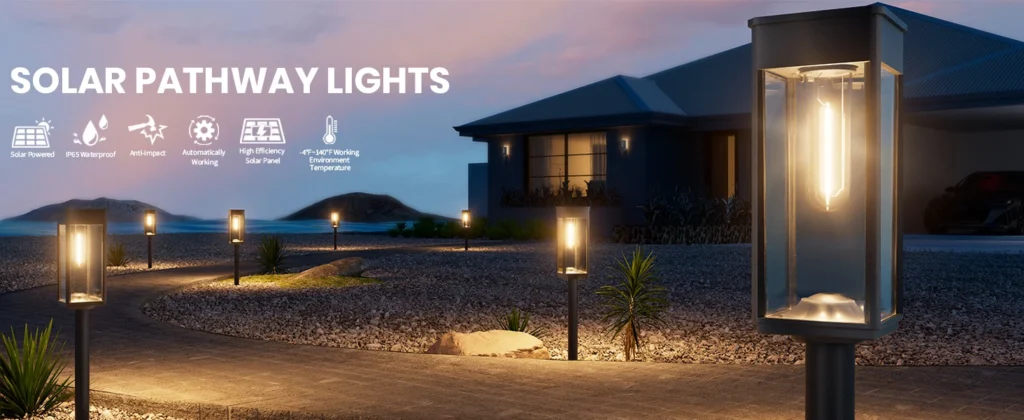
Where you place them matters too. In winter, the sun’s lower, so tilt panels 10-15° more toward the horizon than in summer to catch every ray. I angled my driveway lights south and steeper, and they pulled enough charge to stay on all night. Keep panels clear of snow or leaves—a quick brush after a storm goes a long way.
Try these to winter-proof your solar lights:
- Choose High-Capacity Batteries: 2000mAh+ for extra juice.
- Angle for Sun: Tilt panels south, around 45° in northern areas.
- Clear Debris: Wipe off snow, ice, or leaves regularly.
- Pick Smart Features: Lights with dimming modes save power on cloudy days.
Bitpott’s solar lights, with their auto-adjusting sensors and efficient panels, make these tweaks easier, so winter doesn’t dim your setup.
Snow and Ice Warriors: Real Stories from Cold Climates
Think solar lights can’t handle a brutal winter? People in some of the iciest places say otherwise. In Anchorage, Alaska, a homeowner raved about their Bitpott pathway lights staying on through -10°F nights, giving 6 hours of light despite just 4 hours of faint sun. Their secret? Mounting them high to avoid snow piles and choosing models with 2200mAh batteries.
In Norway, a community center used solar post caps on a public trail. Even half-buried in snow, they kept glowing thanks to waterproof seals and motion sensors that saved power. Back in Wisconsin, my neighbor’s wall-mounted solar floods powered through a blizzard. They cleared the panels post-storm, and the lights still lit up for security checks, no sweat.
These examples prove solar lights can tough it out:
- Snowproof Builds: High waterproof ratings keep ice and water out.
- Cold-Ready Batteries: Quality cells hold charge in subzero temps.
- Smart Power Use: Sensors stretch limited sunlight for shorter days.
With the right solar lights, even the harshest winters don’t stand a chance.
Winter Glow: The Final Word
So, do solar lights work in winter? Yep, but they’re not as carefree as in summer. Expect shorter runtimes—5-8 hours instead of 10-12—thanks to less sun and colder temps. That’s no reason to ditch them, though. Go for solar lights with big batteries, sturdy builds, and smart sensors, like Bitpott’s range, and they’ll shine through snow and ice. Add a south-facing tilt and a quick snow sweep, and you’re set. Winter may steal the sun’s strength, but it doesn’t have to darken your yard. Choose wisely, set them up right, and your solar lights will keep things bright, no matter how long the cold lingers.

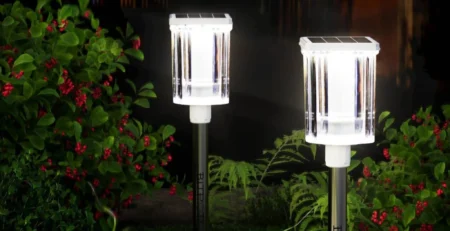
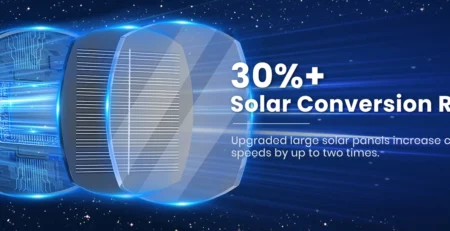
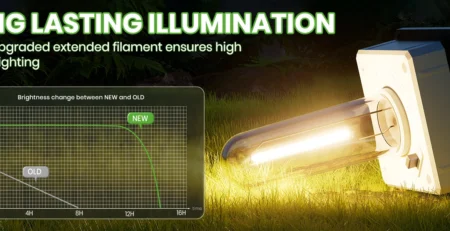
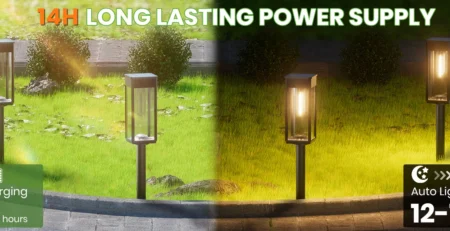
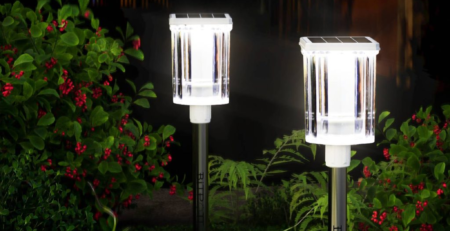


-4-450x231.webp)
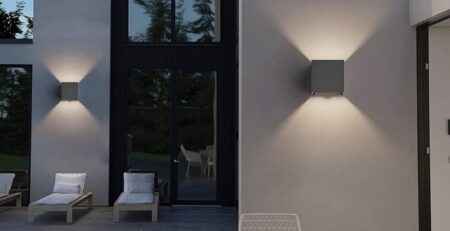
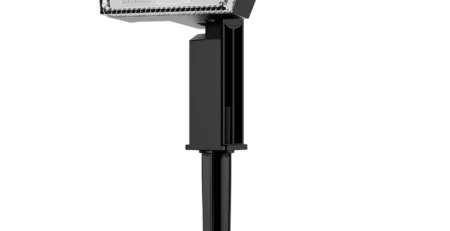
Leave a Reply